How Scalp Massage Helps With Hair Growth And How To Massage
Traditional as well as modern-day techniques to rub your scalp in all the right ways
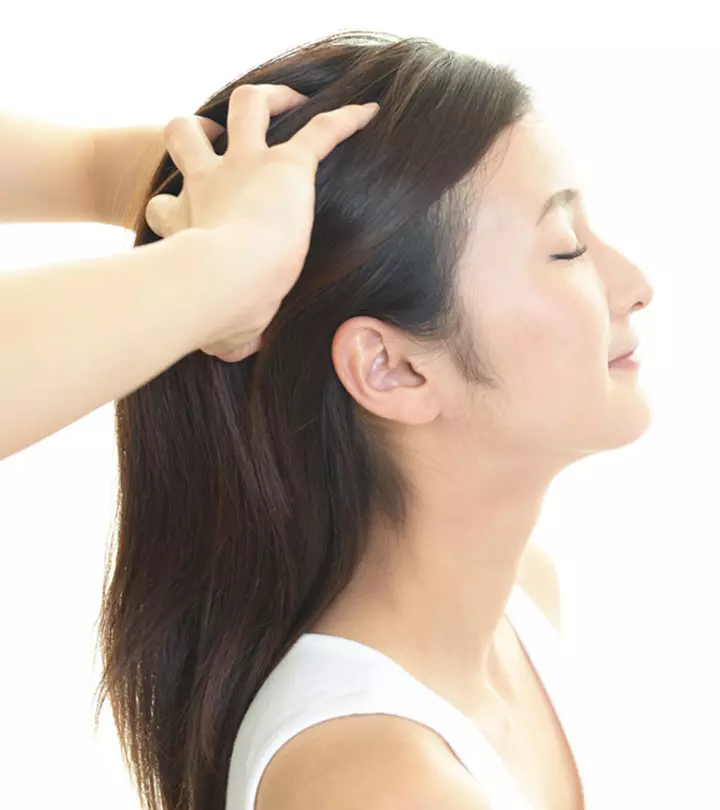
Image: ShutterStock
Scalp massage helps hair growth by increasing blood circulation in the scalp. It is also relaxing and rejuvenating, which reduces stress and inflammation in the body. Massaging your scalp regularly can be highly beneficial for your scalp and hair health. But, is this claim backed by science? This article discusses everything about scalp massage for hair growth. Give it a read!

In This Article
How Does A Scalp Massage Work?
A scalp massage helps relax the mind and increases blood flow to the scalp. It can be performed with or without oil and is believed to reduce stress hormones. The massage is generally done using fingertips. However, one can have a scalp massage with various massage tools as well. Some believe scalp massage promotes hair growth. But what does the research say?
Key Takeaways
- Scalp massage helps hair growth by increasing blood circulation in the scalp and can reduce stress and inflammation in the body.
- Traditional scalp massage involves using the fingertips to spread a good hair oil in gentle regular motions on the scalp.
- You can use essential oils, shampoo, or massage tools for a scalp massage.
Does A Scalp Massage Promote Hair Growth?
In a study, researchers had found that regularly massaging the scalp may stimulate hair growth, making them thicker. The study included 9 men receiving a 4-minute scalp massage everyday for 24 weeks. The men had thicker hair by the end of the study (1).
Another study in 2019 surveyed 340 participants who were instructed to perform scalp massages twice a day. Over 69% of the participants had reported improved hair growth (2).
The above study published in Dermatology and Therapy, 2019, focused on standardized scalp massage (SSM) and its impact on hair growth. Among the participants, 90.5% identified as male, and 32.4% reported adherence to SSM for at least 10 months. 37.3% reported hair loss stabilization, while 31.7% reported slight or significant hair regrowth. These findings suggest a potential association between SSM and positive hair-related outcomes.
While more research is warranted, scalp massage is known to have other benefits as well.
Benefits Of A Scalp Massage
The main benefit of scalp massage is hair growth. Regular massage works on the hair follicles that are located beneath the scalp skin. A massage stretches the cells of these hair follicles and helps in hair thickening(1). Scalp massage also increase the blood flow in the scalp and hair follicles and promotes better hair growth. It may also help stop hair fall.
Scalp massage also relieves stress (3). It may reduce headaches and migraines as well. The massage action has a calming effect on the body and mind.
There are various ways to get a scalp massage that will help promote hair growth. Some of them are discussed below.
How To Massage Your Scalp For Hair Growth
1. Traditional Scalp Massage
Traditional scalp massage includes the use of your fingers to massage the scalp. You can give yourself this massage at the comfort of your home or hire a licensed massage therapist. The price of the massage service may vary depending on the duration of the massage.
Giving yourself a traditional scalp massage:
Step 1: Usingy our fingertips, apply light to medium pressure on the scalp.
Step 2: Move your fingertips in small circular motions all over the scalp.
Step 3: Massage for 5 minutes everyday for better results.
Note: You can use various oils on your hair while giving yourself a scalp massage.
A blogger who embarked on the 30-day scalp massage challenge, shares, “I have noticed my hair growth is at its highest during from weeks 12-16 of my relaxer stretch, as a result I am leveraging this extra growth by adding in daily scalp massages (i).”
2. While Washing Your Hair
You may also massage your scalp while washing your hair. You can use your fingertips to gently massage the shampoo or conditioner into your hair for 5 minutes.
 Did You Know?
Did You Know?3. Massage Tools
There are many scalp massaging tools that come in the form of brushes. These mimic your fingertips while you massage your scalp. Although some dermatologists are in favor of using massage tools, many still recommend the traditional massage. You may go for what suits you the best.
4. Essential Oils
You can also use essential oils to massage your scalp. Some animal studies show that Rosemary, lavender, and peppermint essential oils may promote hair growth (5), (6). Using these oils with a carrier oil may help increase hair growth.
Step 1: Mix 2 drops of lavender or peppermint essential oil with a carrier oil (jojoba or coconut oil).
Step 2: Mix the oils in between your palms and apply the mixture to your scalp.
Step 3: Use your fingertips or scalp massager to massage your scalp gently.
Note: Do a patch test before applying essential oils to check if they cause any allergies.
 Pro Tip
Pro TipA scalp massage is a tried and tested hair care technique. It can be used to relax the scalp and reduce inflammation. Massaging your scalp, with or without oil, reduces the stress hormones and relieves tension. It can also reduce headaches and migraines. But, more importantly, a scalp massage helps with hair growth. Massaging your scalp stimulates better blood flow, which increases your hair thickness, length, and density and leads to hair growth. You can massage your scalp with oil or when you shampoo it. You can also find some tools to massage your scalp with. While more research is needed, the limited studies that have been done indicate that scalp massages are beneficial for scalp and hair health.
Frequently Asked Questions
How long does scalp massage take to regrow hair?
It may take a minimum of 6 months for scalp massage (a daily massage of 10-20 minutes) to regrow hair (7).
Does scalp massage damage hair?
Prolonged scalp massage may damage your hair due to friction. It may also result in temporary hair loss.
Are scalp massagers safe?
Yes. Scalp massagers are safe and won’t cause any damage to your hair (unless you over-massage, which can cause scalp irritation and hair shedding).
Is a vibrating massager good for the scalp?
Yes. Vibrating massagers are good for the scalp, and they help reduce excess oil and product build-up and also encourage hair growth.
Is brushing hair good for the scalp?
Yes. Brushing hair is good for the scalp as it helps distribute natural oils from roots to hair ends and offers them a natural shine.
Scalp massages help improve blood circulation to the scalp, which in turn promotes hair growth. The video below has tips on how to improve your hair quality for faster hair growth that is also shiny. Check it out.
Personal Experience: Source
StyleCraze's articles are interwoven with authentic personal narratives that provide depth and resonance to our content. Below are the sources of the personal accounts referenced in this article.
(i) 30 Day Scalp Massage Challengehttps://classicsimplebeautiful.blogspot.com/2014/11/30-day-scalp-massage-challenge.html
References
Articles on StyleCraze are backed by verified information from peer-reviewed and academic research papers, reputed organizations, research institutions, and medical associations to ensure accuracy and relevance. Read our editorial policy to learn more.
- Standardized Scalp Massage Results in Increased Hair Thickness by Inducing Stretching Forces to Dermal Papilla Cells in the Subcutaneous Tissue
https://www.ncbi.nlm.nih.gov/pmc/articles/PMC4740347/ - Self-Assessments of Standardized Scalp Massages for Androgenic Alopecia: Survey Results
https://link.springer.com/article/10.1007/s13555-019-0281-6 - The effect of a scalp massage on stress hormone, blood pressure, and heart rate of healthy female
https://www.ncbi.nlm.nih.gov/pmc/articles/PMC5088109/ - Anatomy, Hair
https://www.ncbi.nlm.nih.gov/books/NBK513312/ - Hair Growth-Promoting Effects of Lavender Oil in C57BL/6 Mice
https://www.ncbi.nlm.nih.gov/pmc/articles/PMC4843973/ - Peppermint Oil Promotes Hair Growth without Toxic Signs
https://www.ncbi.nlm.nih.gov/pmc/articles/PMC4289931/ - Self-Assessments of Standardized Scalp Massages for Androgenic Alopecia: Survey Results
https://www.ncbi.nlm.nih.gov/pmc/articles/PMC6380978/
Read full bio of Dr. Preethi Nagaraj
Read full bio of Anjali Sayee
Read full bio of Eshna Das
Read full bio of Monomita Chakraborty






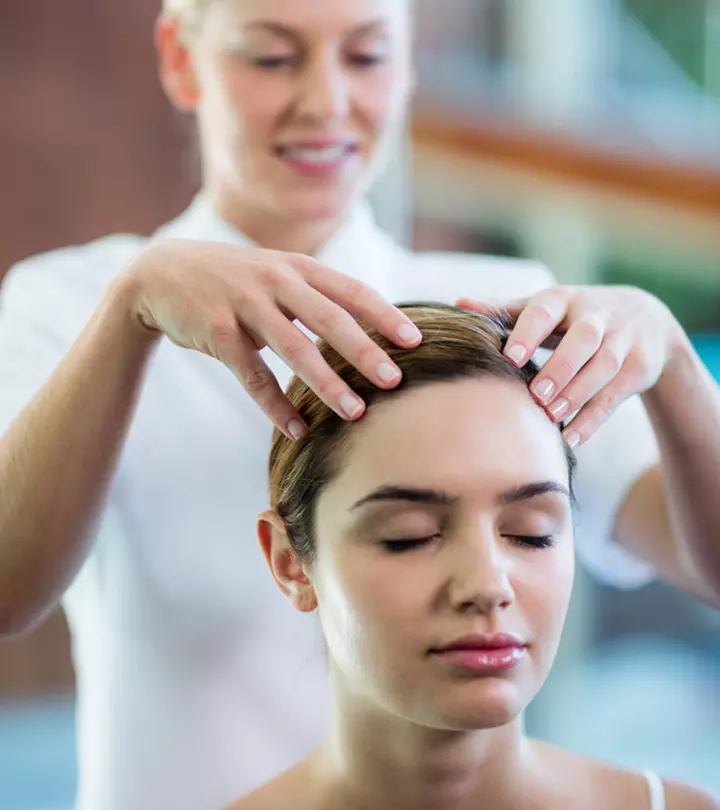
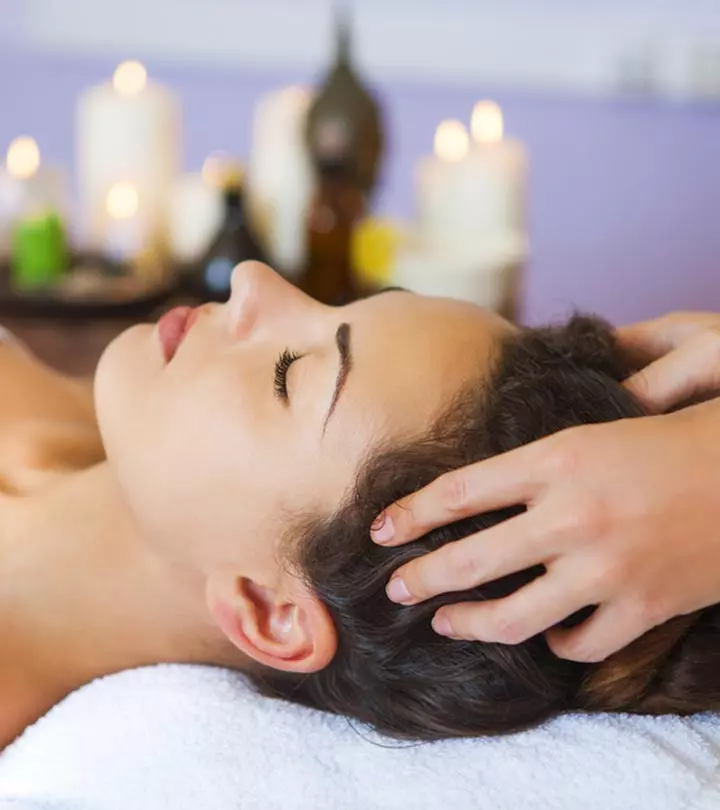
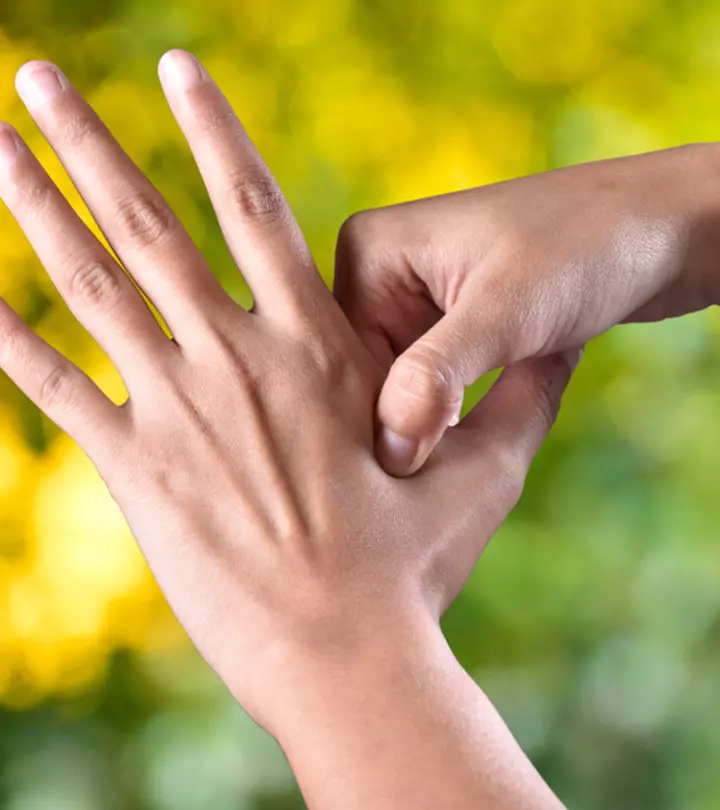

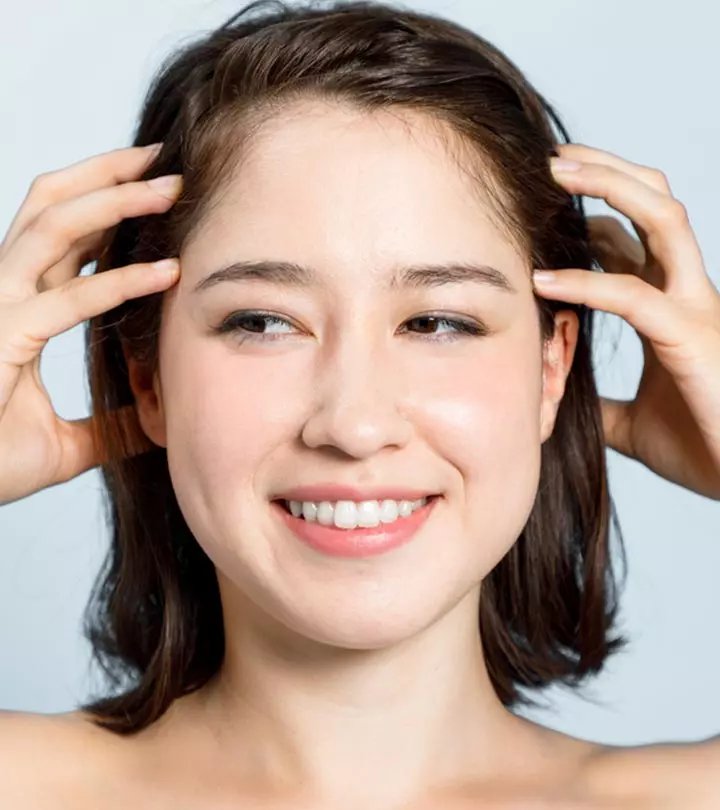
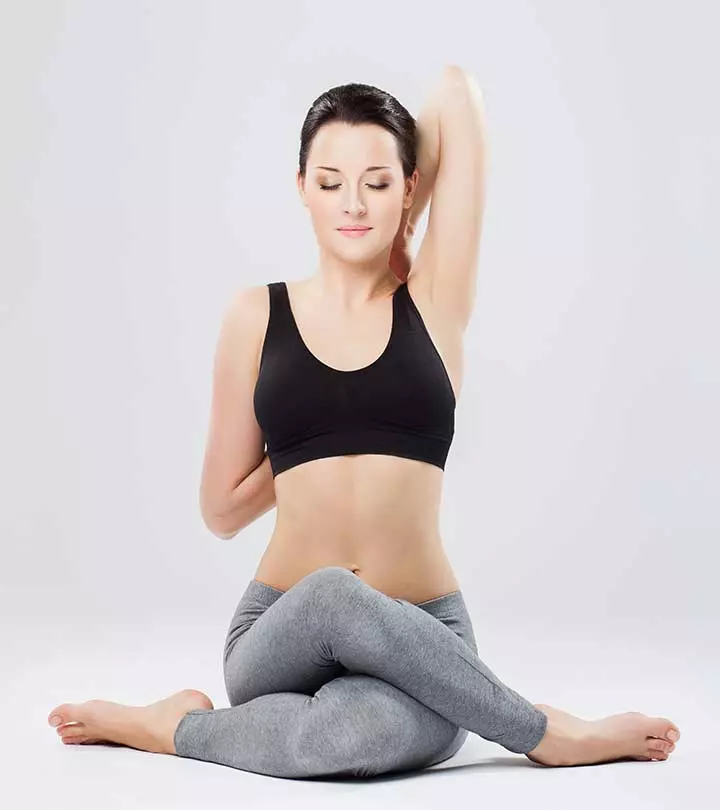
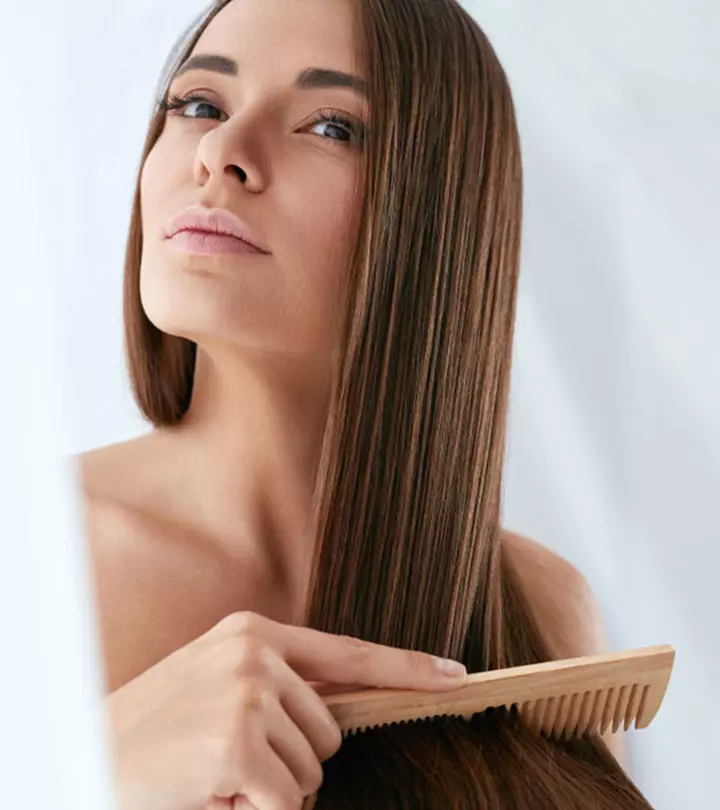
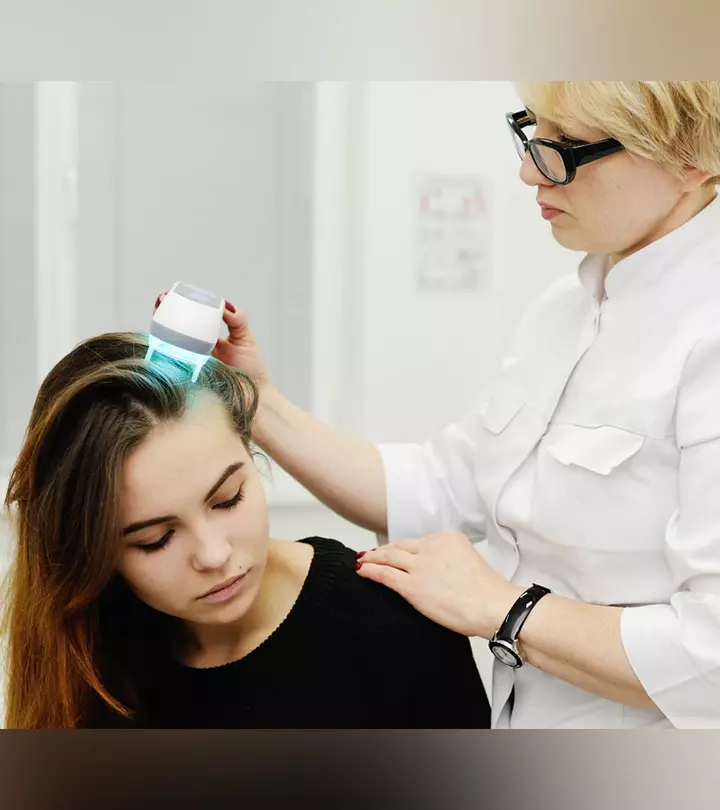
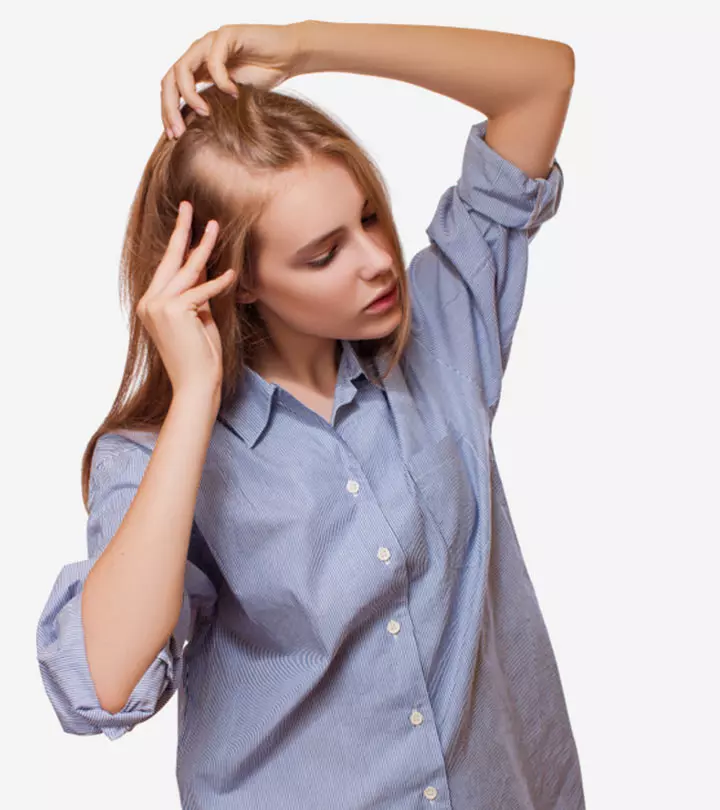

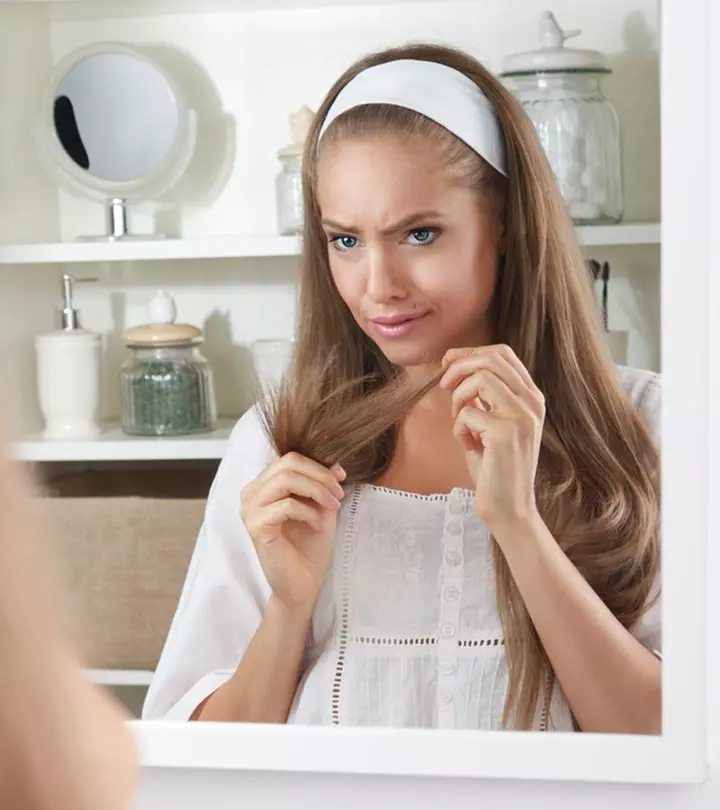
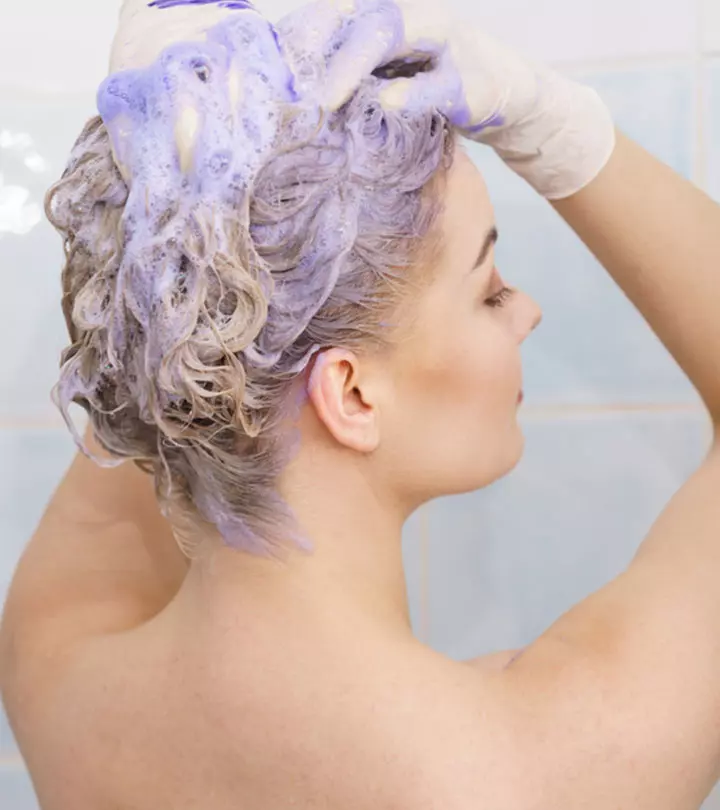
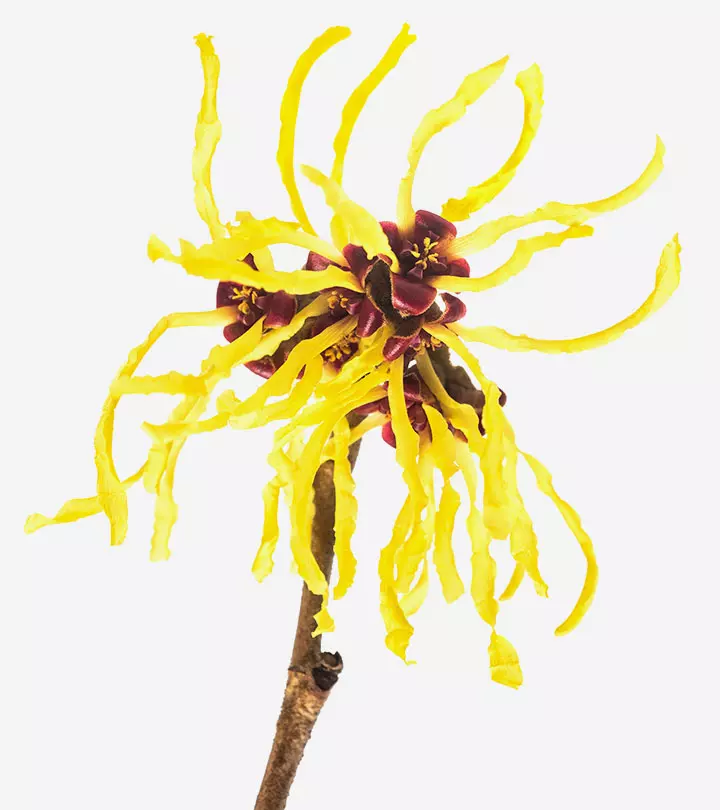
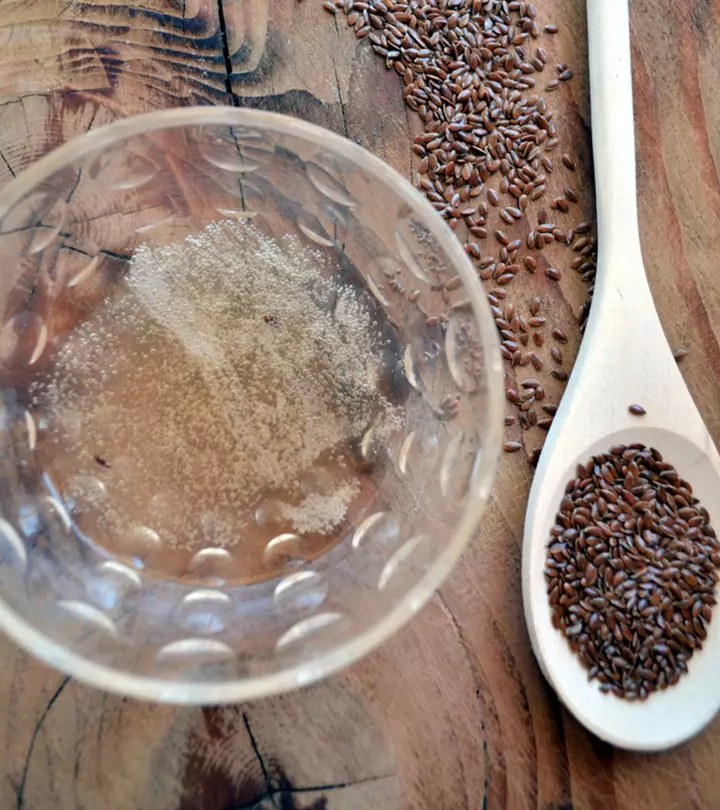


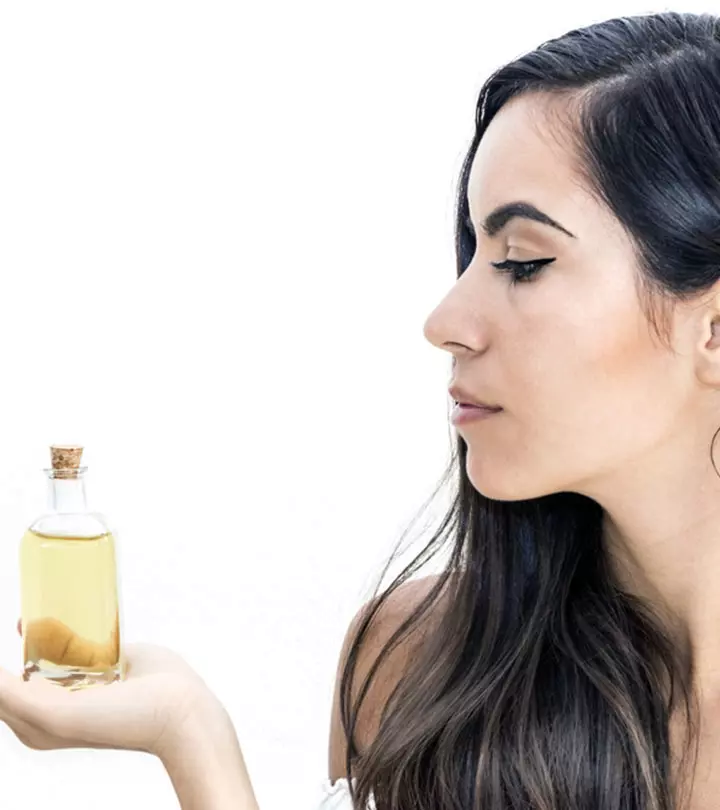
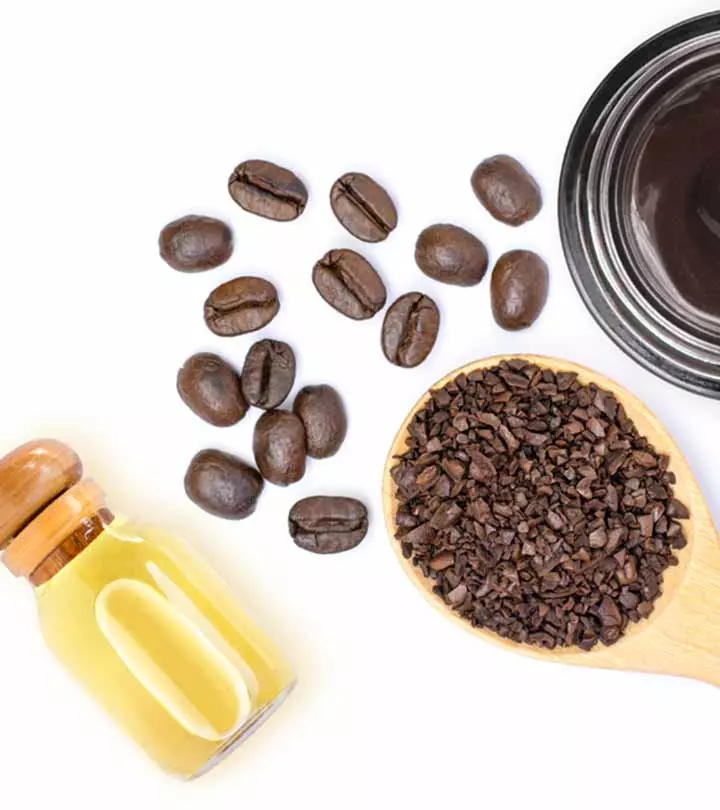
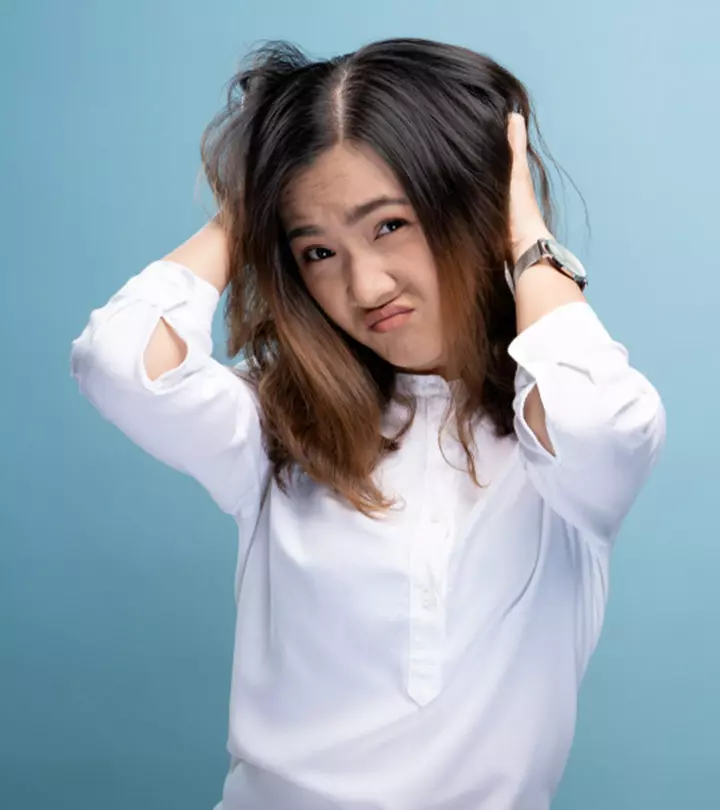

Community Experiences
Join the conversation and become a part of our empowering community! Share your stories, experiences, and insights to connect with other beauty, lifestyle, and health enthusiasts.